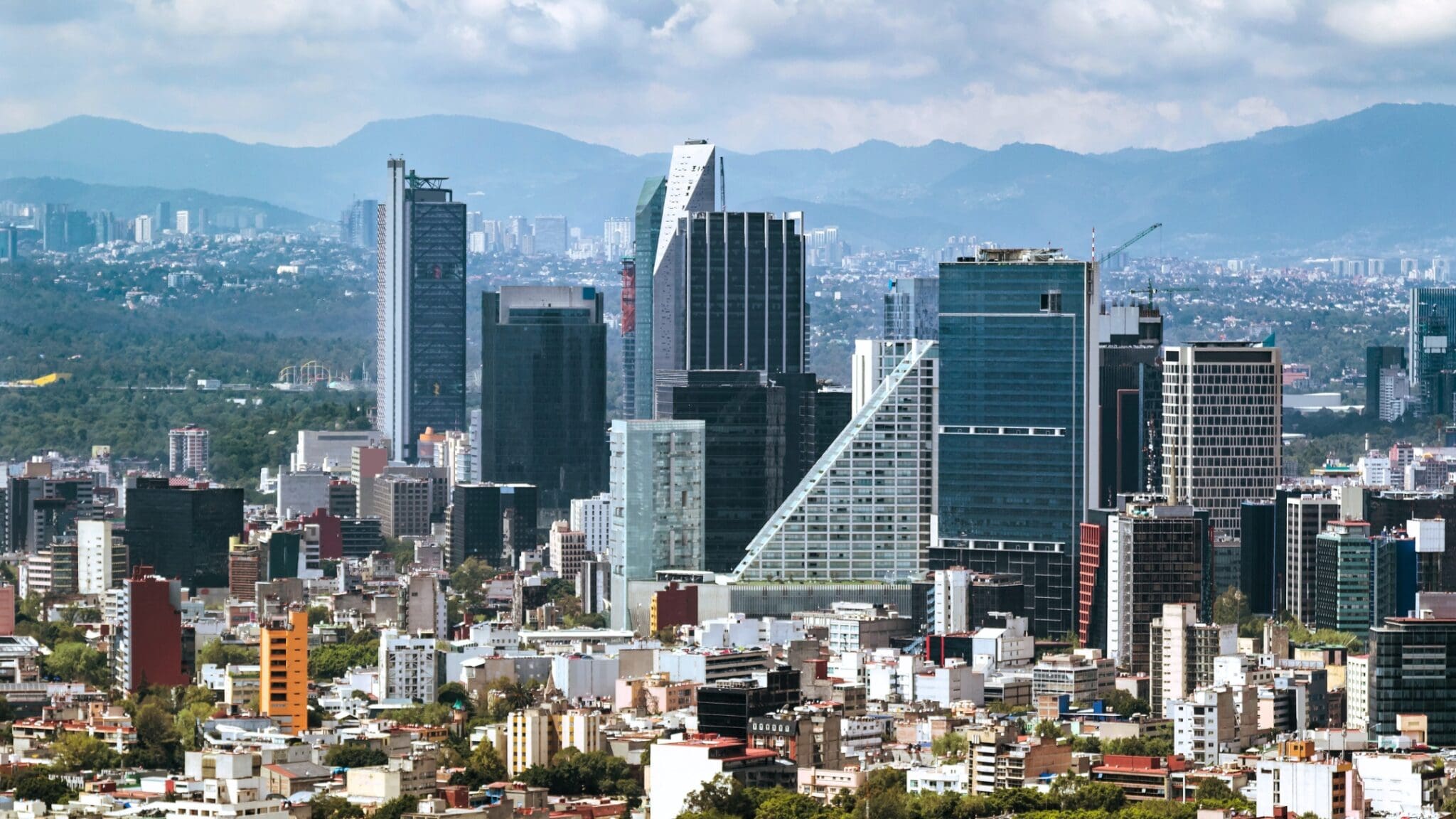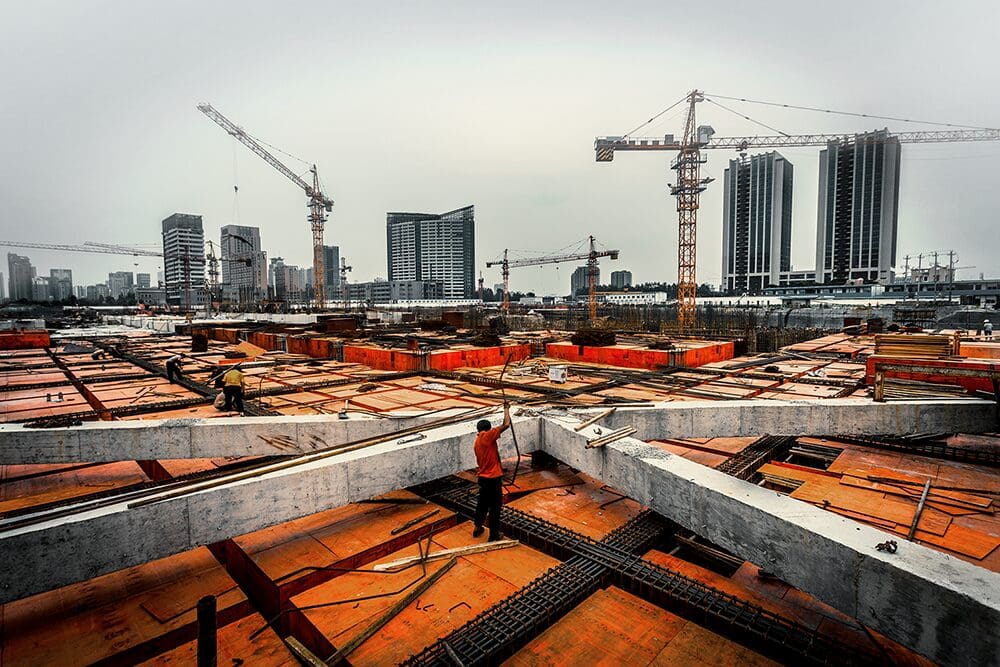A business is a vulnerable entity that is at the whim of external forces, be they financial, political, technological, socio-cultural or environmental.
These external factors can affect procurement, from price negotiation to trade and supplier management.
Emma Scott, representation manager at the Chartered Institute of Purchasing and Supply, told Cast UK: “You’re reliant on your trend forecasters, but you also need really good relationships with your suppliers so that your supply chains are agile enough, so that if we do have some inclement weather that is really unexpected you can ramp up your supply quite quickly and vice versa.”
Part of the battle is first understanding how external factors can affect procurement.
The financial environment
The financial environment – which includes economic performance – has a major effect on how buyers conduct their procurement operations.
One of the main challenges the financial environment poses to businesses is currency fluctuation. Buy at the right time and return on investment can be huge; invest at the wrong time and you may see yourself losing money.
Financial policy of the Bank of England also has ramifications for procurement departments, as this governs inflation and investor behaviour, which affects cash flow.
Meanwhile, the lending activity of banks can constrain procurement activity and put a greater emphasis on cost cutting if it becomes difficult to secure finance. Similarly, a credit squeeze can often make smaller suppliers vulnerable thereby increasing buyer risk.
Political change
A change in government, policy or international politics can massively influence who buyers do business with and how.
At a domestic level, changes in government and policy can see regulatory reform and changes in business support packages and representation. This impacts upon how companies structure supply chains, how they comply with employment, tax, health and safety, ethics and quality control regulations, and how they grow.
Internationally, cessation of relations with supplier nations can massively affect trade dynamics, while the opening up of a country to the free market can create new opportunities and challenges. Similarly, changes in government or policy in foreign countries, regions and territories create compliance, financial and supplier management challenges for businesses, not to mention supply chain disruption in instances of political collapse, disjoint or revolt.
Procurement departments need to keep abreast of political events globally and act swiftly in order to minimise risk and make the most of opportunities.
Technological advances
The technological landscape is constantly changing and customers have come to expect businesses to operate faster, be more connected and offer them the latest advances because of it.
Organisations need to keep on top of changes in the technological environment and how this affects their business. From the products and services offered, to the way buyers collaborate with suppliers, technology has a massive impact on procurement.
Socio-cultural change
KPMG claims that businesses that ignore socio-cultural external factors will do so at their peril. Procurement departments need to understand how social and cultural factors affect customer behaviours and expectations.
Environmental fluctuations
The environment is one of the greatest challenges for supply chains. Whether it’s resource scarcity or natural disasters, procurement departments are at the mercy of the environment.
In 2013 the Carbon Disclosure Project found that 70 per cent of businesses believe climate change has the potential to affect their revenue significantly.
Organisations are aware of the threats and recent natural disasters have served as a testament to how freak incidents can devastate the supply chain.
Procurement departments need to plan ahead to manage resource scarcity and spread out their suppliers to minimise the disruption in the event of a natural disaster. Avoiding high risk zones is also advised.
The 2014 FM Global Resilience Index recently identified the Dominican Republic, Bolivia and Venezuela as three of the riskiest countries for supply chains, due to their exposure to natural hazards, political risk and economic instability.
Getting control of external factors
Buyers have to ensure they take into account the external environment when creating procurement strategies in order to get ahead of risk.
Supplier management plays a huge part in this, enabling businesses to create a supply chain of pre-qualified supplier and monitor their exposure to threats.
This allows procurement departments to act and adjust for the external environment.


